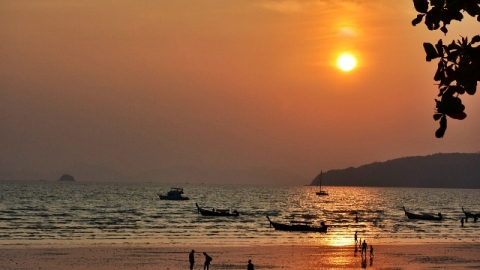At the end of 2016, I went to Thailand for the first time. Khanh and I were students at that time, with unstable income and plenty of time, so we chose the most economical route: Taking the bus from Saigon to Bangkok. We conveniently stopped in Siem Reap for a day, and arrived in Bangkok the next day after 24 hours on the bus and 4 hours of terrifying immigration. I was so tired that I let Khanh take me wherever he wanted, and as planned, the next destination was... Don Muang airport. To save money on a hotel room for 1 night, I booked a flight to Chiang Mai at dawn and went to the airport to sleep in front of the waiting room. And so my memories of Thailand did not start with Bangkok like everyone else, but with Chiang Mai - the city that at that time I did not know would make me fall in love with it.
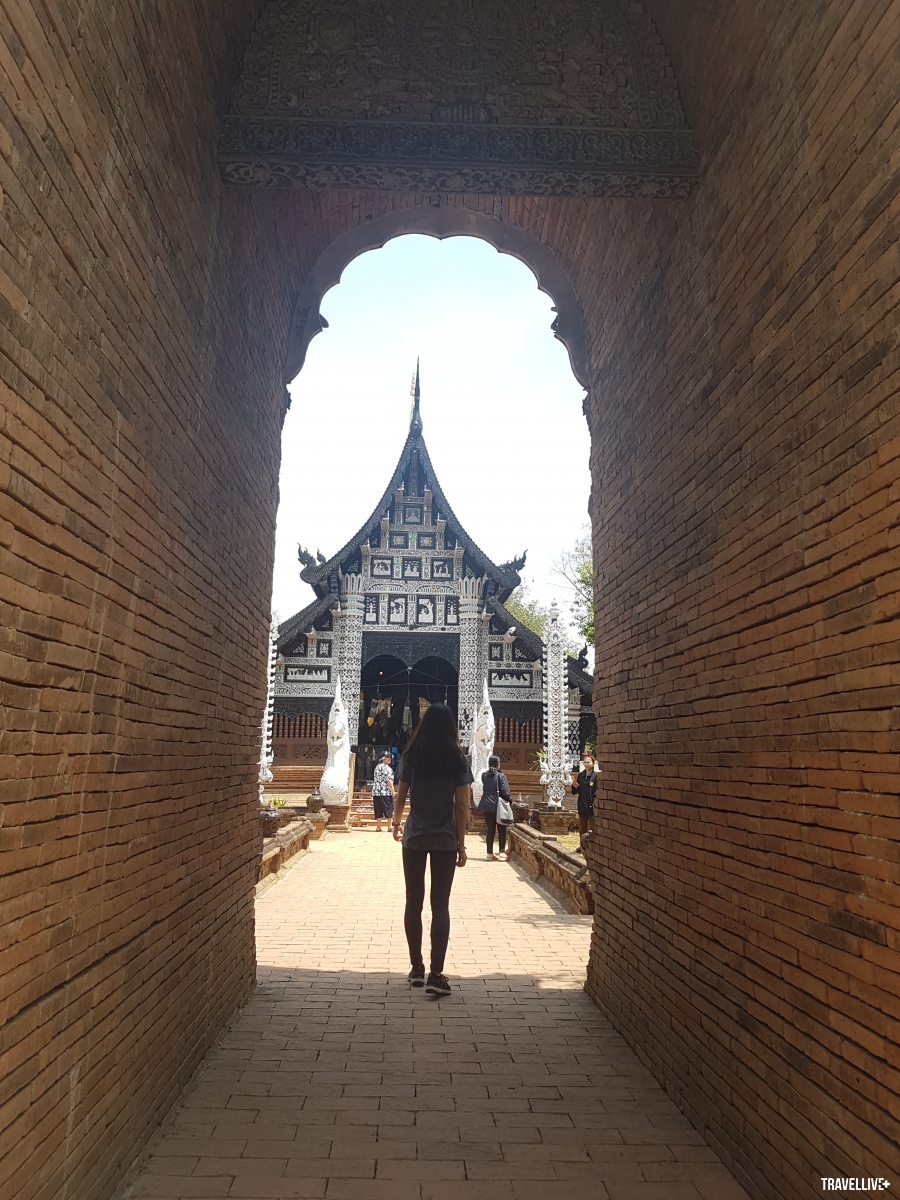
I have a belief, if you like a place, you will know it from the moment you step off the plane. Stepping off the plane is the first moment when all your senses interact and come into contact with that place, that is if you do not count looking down from the plane window. And I really liked Chiang Mai from the moment I stepped off the plane that early morning. It was like when a person carrying a lot of tiredness and anger meets a gentle, affectionate person, they cannot be angry anymore. The moment I set foot on Chiang Mai airport, I was like a person carrying heavy suitcases of negativity, stress and fatigue, being gently welcomed by Chiang Mai and helped carry those suitcases, with its golden sunlight, clear air and cool weather on a November day.
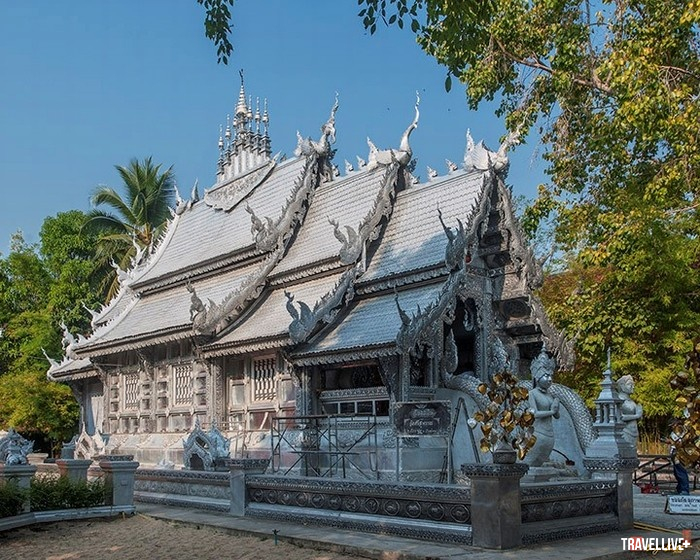
Chiang Mai City
Chiang Mai was the capital of the Kingdom of Lanna in the 13th century, a small kingdom that included the cities of northern Thailand today. The historical relics of an ancient capital are still intact in the heart of a modern but no less ancient Chiang Mai. If you look at the map of Chiang Mai, you will see a prominent square in the center. The city is planned around the square wall relic, surrounding the central river. The orange-brown brick walls, although after hundreds of years, are no longer intact, but are preserved by the Chiang Mai government to the point that if one day a brick accidentally falls, that brick will continue to lie in the same position as no one can take a historical witness away from where it belongs.
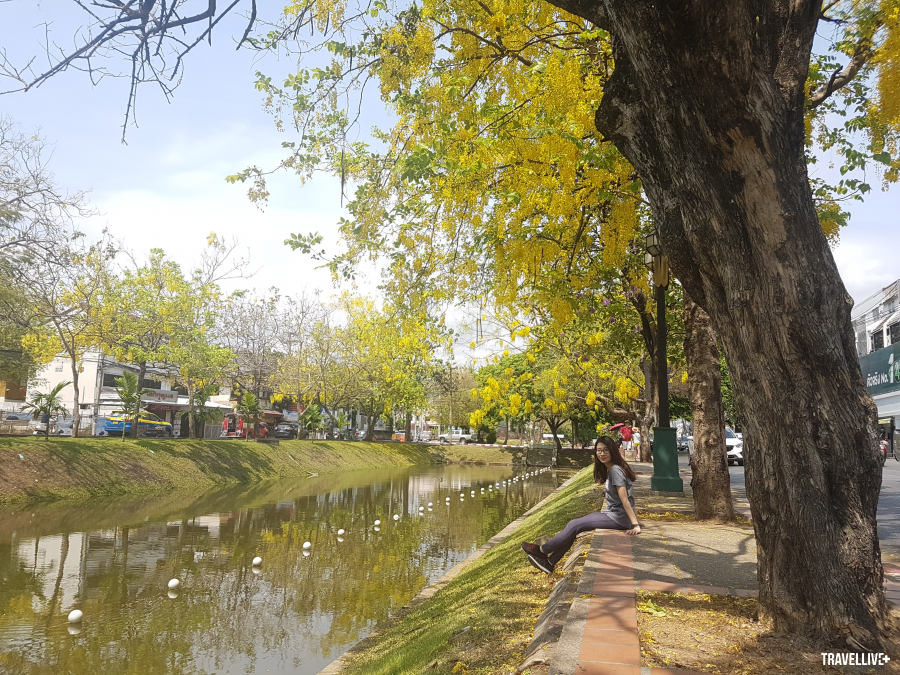
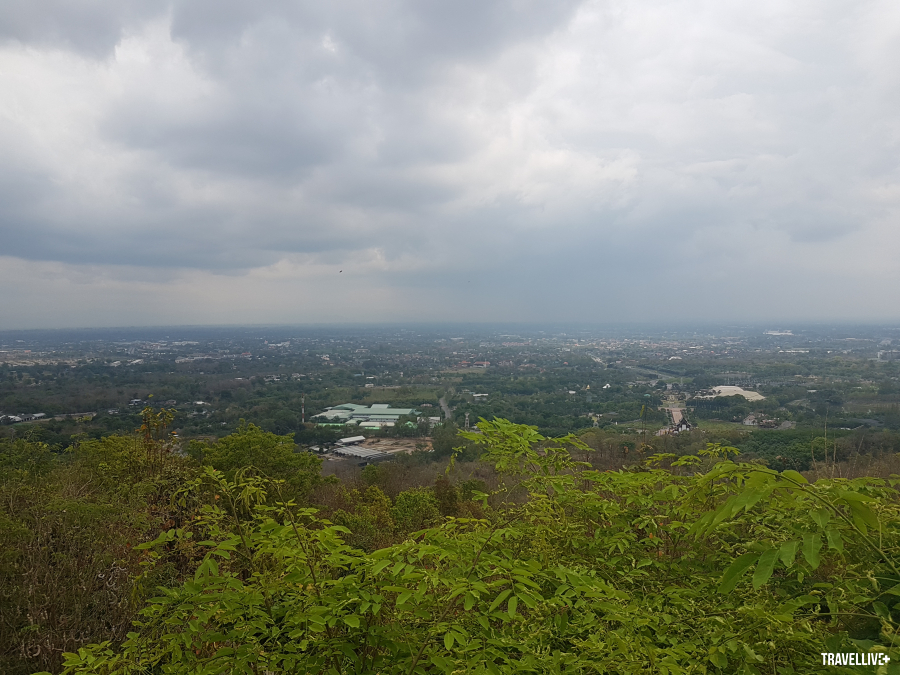
If you go in the spring, you will be lucky to see the golden shower tree blooming everywhere. The golden shower tree, locally called Ratchaphreuk, is the national flower of Thailand. In Thailand, each day of the week has a color and yellow is the color representing Monday, the day King Bhumibol Adulyadej was born. The word "Ratcha" in Thai also means Royal. The yellow color of the golden shower tree is also a symbol of Buddhism - the national religion of Thailand. Therefore, the golden shower tree not only shows respect for the Royal Family but also has spiritual and mental significance for the Thai people.
In Bangkok, where you only see high-speed trains rumbling around, it is hard to see the brilliant yellow of the royal poinciana, but in Chiang Mai in spring, it is the opposite; it is hard to find a corner where the royal poinciana does not creep in. In the cool spring air, cycling under the waves of yellow flowers swaying around the walls of a quiet ancient capital and listening to the sound of temple bells and chanting is something that everyone will be extremely grateful to experience.
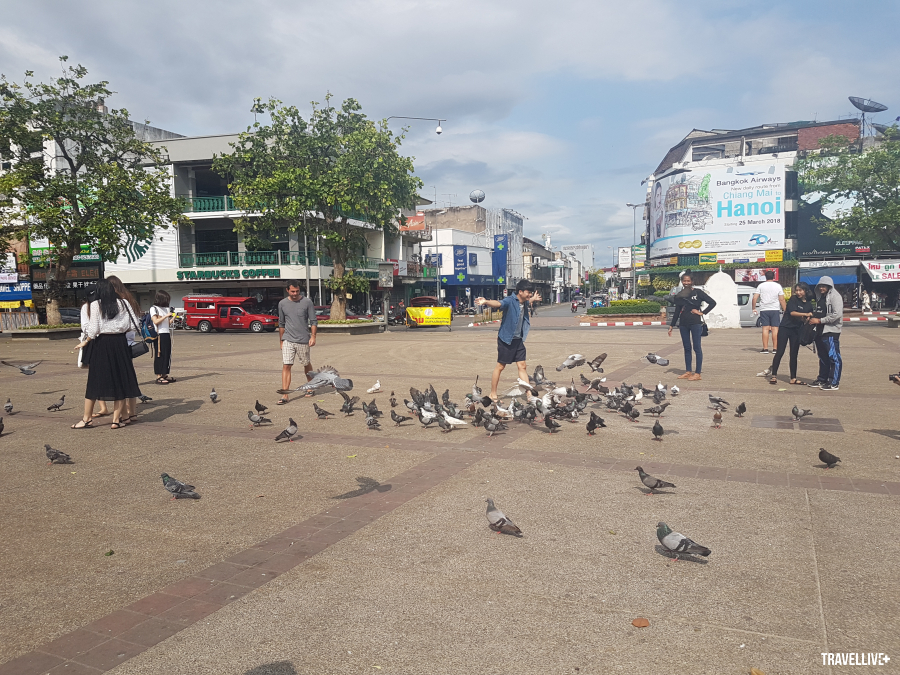
Places to visit
Bannok Cafe
I accidentally found Bannok Cafe while on the way to find the Karen tribe. Bannok is like a gift that Chiang Mai compensates for the lost me. When riding a motorbike past Bannok, a cafe leaning against the mountain with lazy tourists lying on the green grass, Khanh and I could not help but quickly join in with cool bottles of Chang beer. True to the minimalist style, Bannok is only equipped with colorful bean-shell chairs and wooden crates and barrels as tables. Dotted with a pile of old broken TVs and a pile of bottle caps from all kinds of drinks used as decorations, the owner... leaves the rest to nature. The majestic mountain backdrop and smooth green grass made the minimalist intention very reasonable. Even more unique, behind the colorful bean-shell chairs is a babbling brook, where iron tables and chairs have been soaking for ages, waiting for nature-loving guests like me to dip their feet in with a tray of fragrant grilled food and then squeal with coolness!
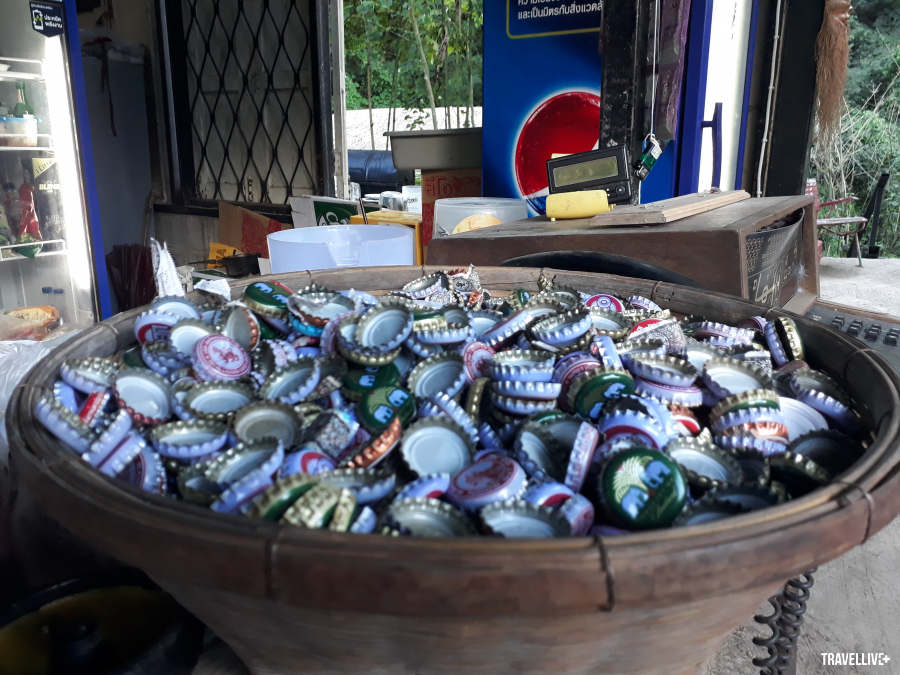
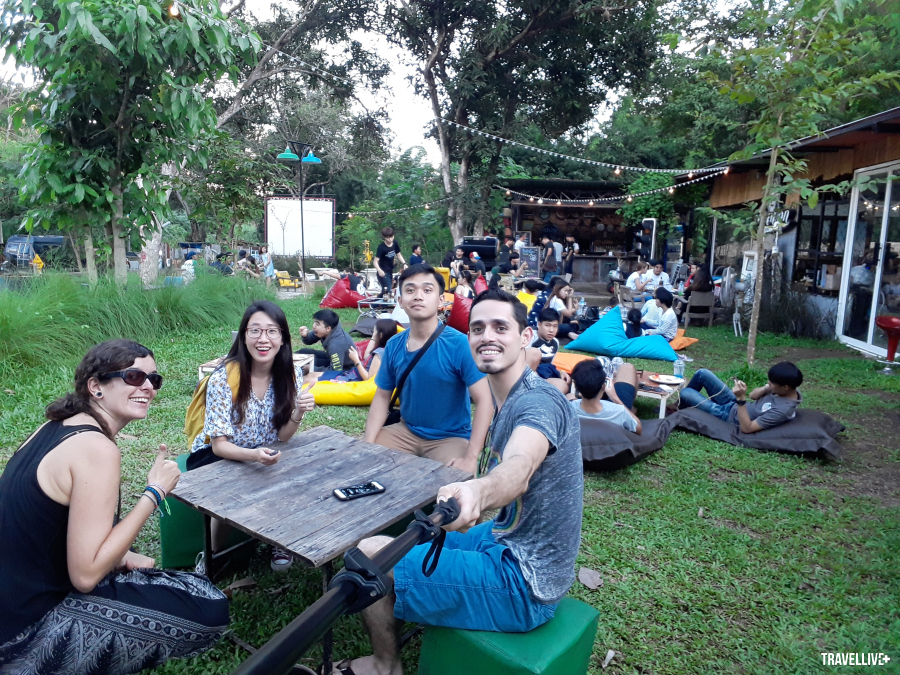
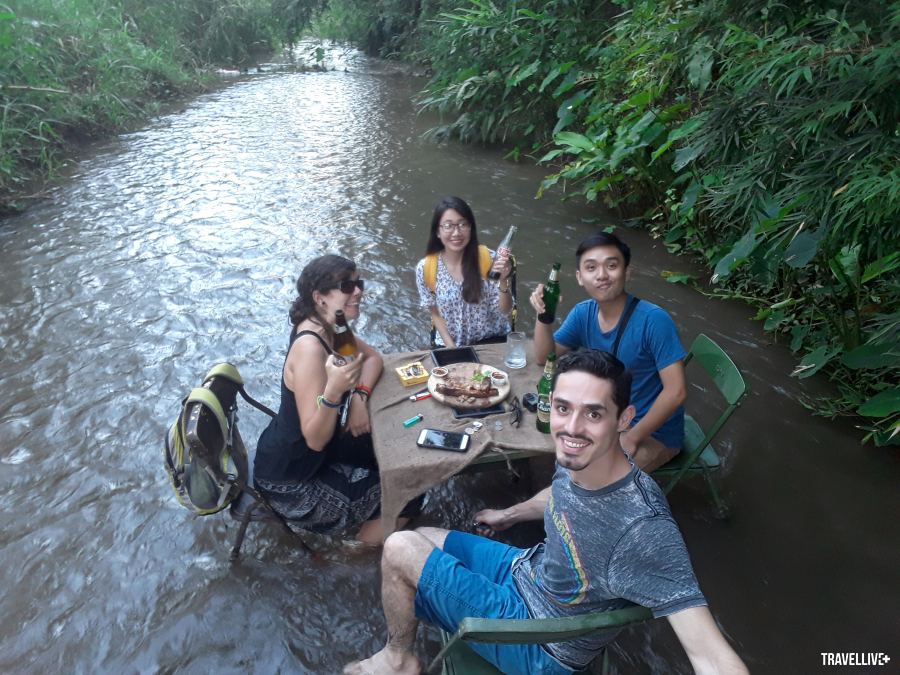
The food wasn’t that great but the vibe was great. I could have stayed there forever if it wasn’t for the fact that it was getting dark and the drive back was long. Chiang Mai is famous for its unique cafes but if you’re looking for a place away from the city, simple but authentic and close to nature, definitely come to Bannok.
Grand Canyon
The Grand Canyon was another unexpected destination for me in Chiang Mai. Known as the mountainous region of Northern Thailand, Chiang Mai made me regret not bringing a bikini. There is no beach, but Chiang Mai has canyons that form a lake below. The most popular activity here is cliff jumping. The 32m deep blue lake surrounded by red cliffs has become an ideal terrain for adventurous tourists who like to jump down from a cliff and then immerse themselves in the cool water.
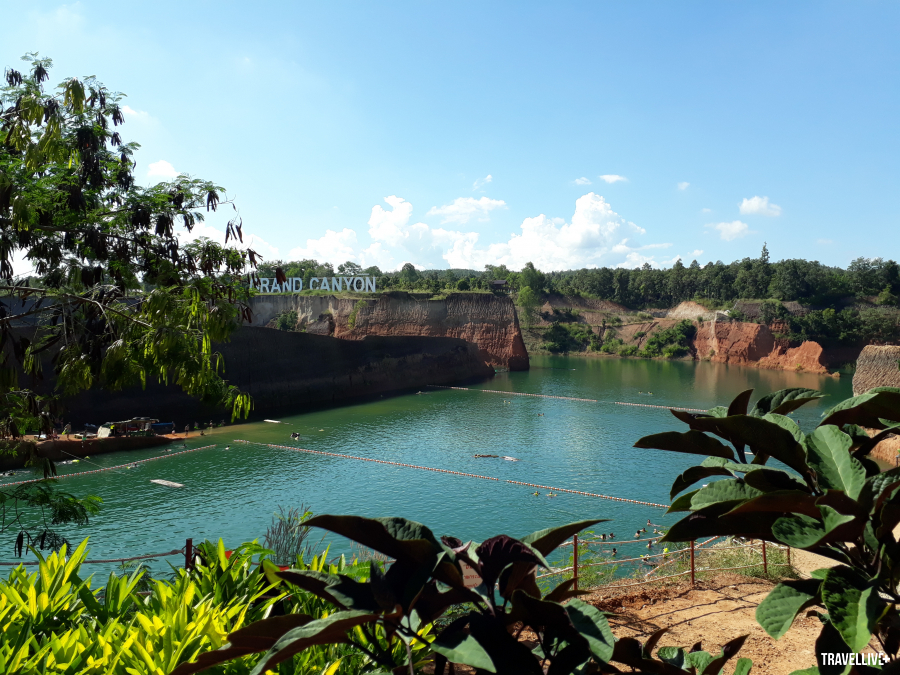
It would have been a jump of less than 3 seconds if I hadn’t been the one jumping – someone who can’t swim and is afraid of heights. Unfortunately, I’m a daredevil. Seeing the Westerners rushing into the water, I was so excited that I also lined up, but only when I got close to the edge of the cliff did I realize… it wasn’t that simple. I retreated back five or seven times, then ran to the end, lined up again from the beginning to have time to breathe and not make others wait, until there was no one behind me to push, I had to stand cautiously and almost cried.
The sight of a skinny girl, wearing rainbow pants, standing there trembling and constantly covering her eyes, only daring to look down, attracted the attention of my friends below. Very quickly, my friends who were swimming around the pool gathered around the rope separating the jumping area and started cheering me on. Many sentences of “you can do it”, “it will be 3 seconds only”, “it is not that scaring” rang out from below, leaving me with no way to retreat. It would be embarrassing to give up at this point, I thought to myself. Yet I still lingered up there for a while until someone sang the Champion League song and everyone started counting down for me to jump. 5, 4, 3, 2, 1, I gave myself 0.5 more seconds and then closed my eyes to jump. Less than 3 seconds but it felt like my whole life had passed, still thinking why haven’t I touched the water yet? I surfaced to the applause and congratulations of everyone. Strangers made me extremely proud of myself for doing something so normal to others. And until now, that cliff jump at the Grand Canyon that day is still one of the most memorable moments of my life. Later, I dared to do more daring things than cliff jump because that day, strangers first activated the spirit of “dare to do it even though I’m scared” in me with their kindness and enthusiasm.
So, if you like swimming in the mountains, lying on a bamboo raft in the sun and especially, if you are a coward like me and need a kick, definitely go to the Grand Canyon!
The temples
Thailand is a Buddhist country with more than 93% of the population following Buddhism. Buddhism has a strong influence on Thai society and people, so don't be surprised if you see temples in every part of this country. If you have ever been to a temple in Bangkok, don't miss the temples in Chiang Mai because the architecture of Northern and Central Thailand has many differences. Temples in Bangkok are mainly built with pointed roofs symmetrically across the axis and are decorated with mosaic motifs with the main color being yellow. At first glance from the outside, you can see a golden color pouring from the temple roof to the pillars. Temples in the North such as in Chiang Rai, Chiang Mai... are mostly darker in color. Temple walls are painted white, temple roofs are symmetrical in cross-section and made of wood, or painted brown/gray or tiled. Vietnamese people will probably find the temples in the North closer. However, Thai Buddhism belongs to a different branch than Vietnamese Buddhism, so visitors can completely find strangeness in that harmony.


Temples in Chiang Mai are everywhere. From a random place around the central square to the corners of the city and even up to the mountain tops, where people can both visit the temple and admire the city from above. Famous temples that everyone wants to visit once if they have visited Chiang Mai include Wat Phra That in Doi Suthep, Doi Inthanon, Wat Phra That in Doi Kham, going to Chiang Rai there is the White Temple, or Wat Sri Suphan - a splendid silver-plated temple right in the old town... With just a search on Google, you can find many lists of temples to visit.
When visiting temples in Chiang Mai, there is an activity you should try: Monk Chat - talking to monks. Around the temples in the old town, you can find monks sitting near the temple entrance with a Monk Chat sign. Monks who participate in Monk Chat are usually young monks who are still studying in Buddhist schools. The purpose of the chat is to help monks improve their English, so you can talk about anything you want, as long as it is appropriate. There will be monks who will give you interesting insights into Buddhism, their philosophy and way of life, or there will be those who really need you to tactfully pull them over their initial shyness. Although monks are forbidden from interacting with women in Thailand, this activity allows monks to chat with everyone.
If you happen to see a table with a Monk Talk sign, don't hesitate to go and chat with the studious monks!
Yee Peng and Loy Krathong Festivals
I think most foreign tourists know Chiang Mai for the Yee Peng lantern festival. If you have ever seen pictures of thousands of sky lanterns being released into the sky, I am pretty sure that the picture was taken at Chiang Mai’s Yee Peng festival.
Yee Peng and Loy Krathong are the two biggest festivals of the year in Chiang Mai, after Songkran (commonly known as the water festival). Thais believe that the 12th lunar month (the Thai lunar calendar) is the time when the rivers are at their most fertile and the moon is at its brightest - a good time to pray for a new year with bountiful harvests and good things by releasing lanterns into the sky and on the rivers. If Yee Peng sends sky lanterns to convey the wishes of Thai people to the moon, Loy Krathong sends candles floating down the river to a bountiful harvest. So at the end of November every year, Chiang Mai welcomes thousands of domestic and international tourists who flock to the north for three days surrounded by the beautiful, yet peaceful lights.
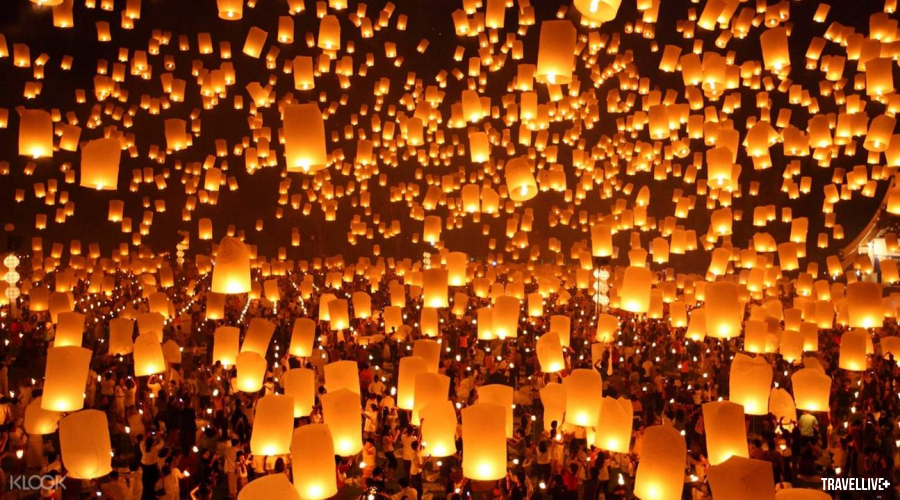
In 2016, I was one of those thousands of tourists. But there were two unfortunate points for me.
Firstly, October 2016 was a national day of mourning in Thailand due to the passing of the current king. Thailand was in such a state of mourning that festivals were out of the question and wearing anything other than black and white was a big deal. Chiang Mai was no exception. Yee Peng was almost banned and I had a hard time buying a sky lantern.
The second unfortunate thing is... I don't have money. The beautiful pictures on the Internet are actually released at Mae Jo University with an exorbitant price of nearly 300 USD/person. Yet, it is rumored that every year there are up to 4000 tickets sold, creating the wonderful scene of 4000 lanterns being released into the sky at the same time as seen. Of course, I don't have 300 USD to run to Mae Jo to release the lantern and then return, so I had to go to Narawat Bridge - a public place to release sky lanterns for free.
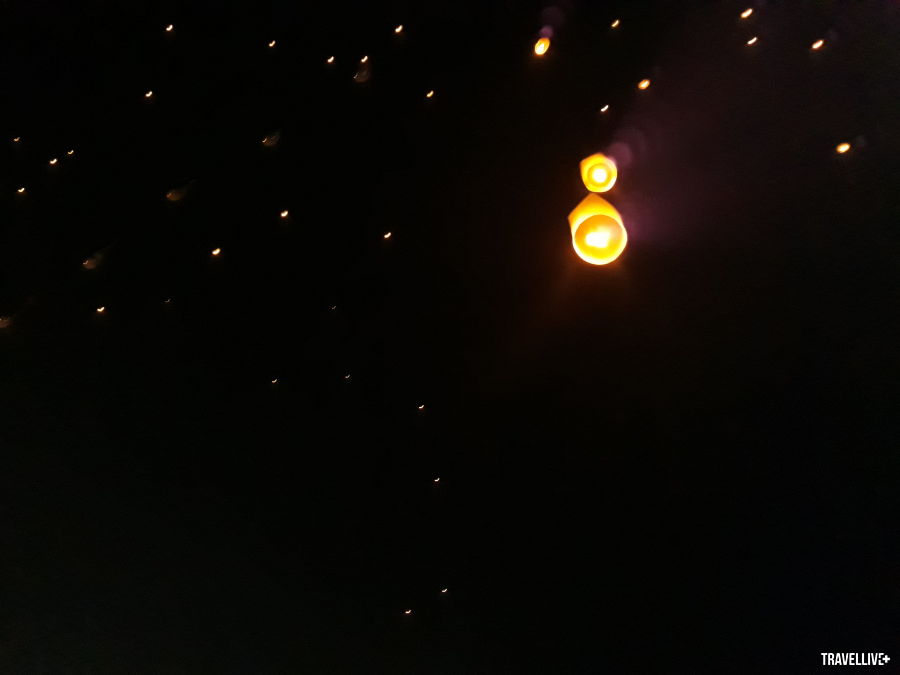
Although it was far from the spectacular $300 spectacle, I still felt somewhat satisfied. Yee Peng and Loy Krathong gave me the opportunity to make a Thai-style lantern myself and then let it float down the river with my own wish, then raise a paper lantern up into the sky, watching it slowly shrink and blend in with hundreds of other lanterns in the dark. At first, the surroundings around me were noisy, but from the moment the first lanterns were lit, everyone automatically fell silent and looked up to the sky as a way to respect the wishes of the crowd of strangers. Chiang Mai really knows how to make people excited and then at some point, brought me into its inherent peace, tranquility and simplicity.
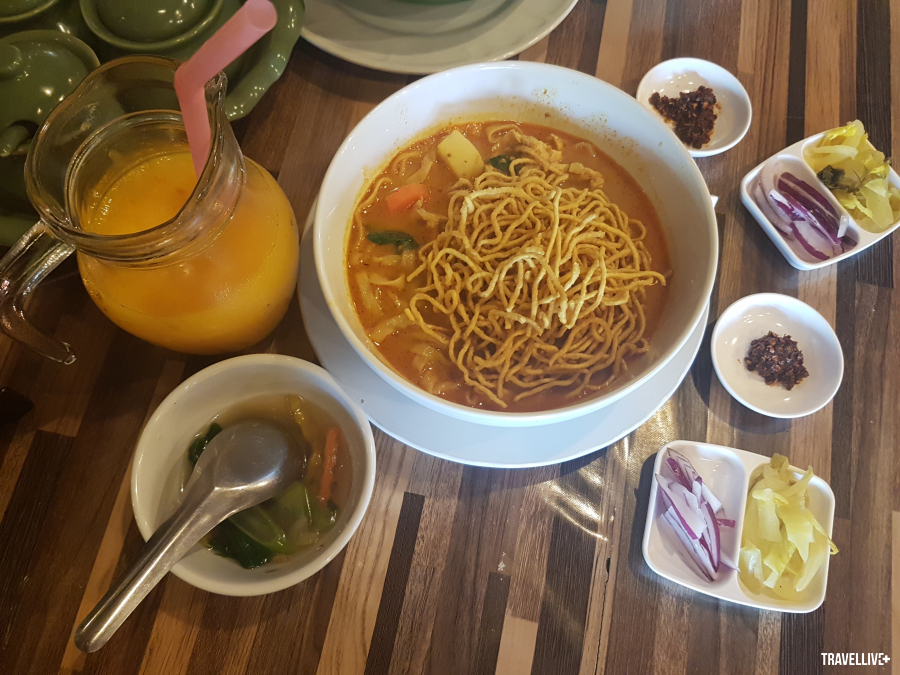
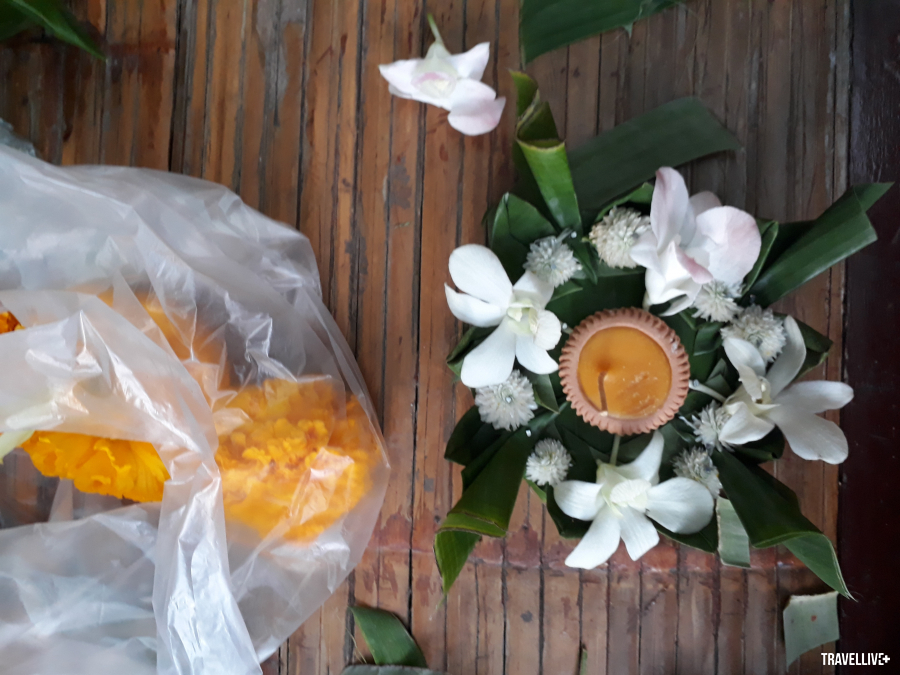
Chiang Mai, Chiang Mai! When talking about Chiang Mai, I don't know how to express all my love for this city. I love the coffee shops I've been to, the unfamiliar left-hand roads that the locals always give way to, the always quiet and fresh streets, the bustling markets full of brocade that make me ecstatic and take out my wallet, the companions I never know when I'll meet again, the strong cups of Thai tea, the spicy dishes that I always want to eat. There's so much, I can't say it all. I just know that in my heart, Chiang Mai is like an old friend that I must meet again!


























